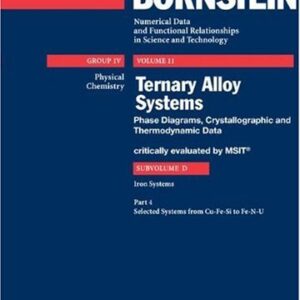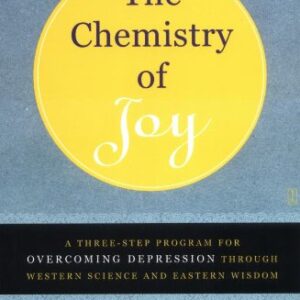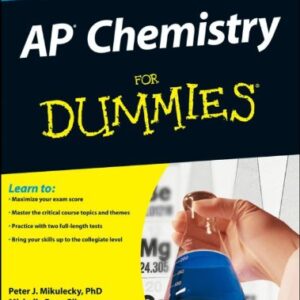Inorganic chemistry continues to generate much current interest due to its array of applications, ranging from materials to biology and medicine. Techniques in Inorganic Chemistry assembles a collection of articles from international experts who describe modern methods used by research students and chemists for studying the properties and structures of inorganic chemicals. Crystallography and diffraction methods The book begins by examining developments in small-molecule x-ray crystallography. It identifies some of the major advances, discusses current attitudes toward crystallography and its uses, and considers challenges and future prospects. It then examines how ab initio x-ray powder diffraction (XRPD) methods are used to determine structure, with discussions on metal pyrazolates, metal imidazolates, and metal pyrimidinolates. This is followed by a description of single crystal neutron diffraction, a powerful structural technique. The text highlights what can presently be achieved in neutron diffraction and discusses future applications of neutron scattering. Quantum chemistry Reflecting the popularity of density functional calculations, the book includes a chapter that focuses on quantum chemistry. It examines the latest computational techniques and describes how these techniques can be applied to solve a wide range of real-world problems encountered in the realm of inorganic chemistry and particularly in transition metal chemistry. It also explains the intelligent use of quantum chemical methods for the determination of molecular structure, reactivity, and spectra of coordination and organometallic compounds. Spectroscopy Lastly, the text explores important spectroscopic approaches. It first describes intermolecular nuclear Overhauser effect (NOE) NMR experiments and diffusion experiments, offering examples that demonstrate theoretical aspects of the methodology. The final chapter summarizes recent experimental and theoretical work on pressure effects on the d-d and luminescence spectra of transition metal complexes. Derived from select articles in Comments on Inorganic Chemistry, this volume provides a solid background in the array of techniques available in the researcher?s toolkit.

![[PDF] Techniques in Inorganic Chemistry John P. Fackler Jr., Larry R. Falvello](https://pdfelite.com/wp-content/uploads/2024/04/305d1fdefde985f78bc6970f358f4260-d.jpg)




Reviews
There are no reviews yet.